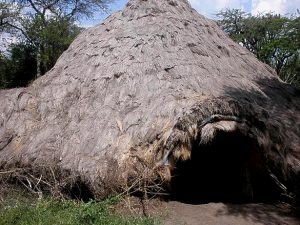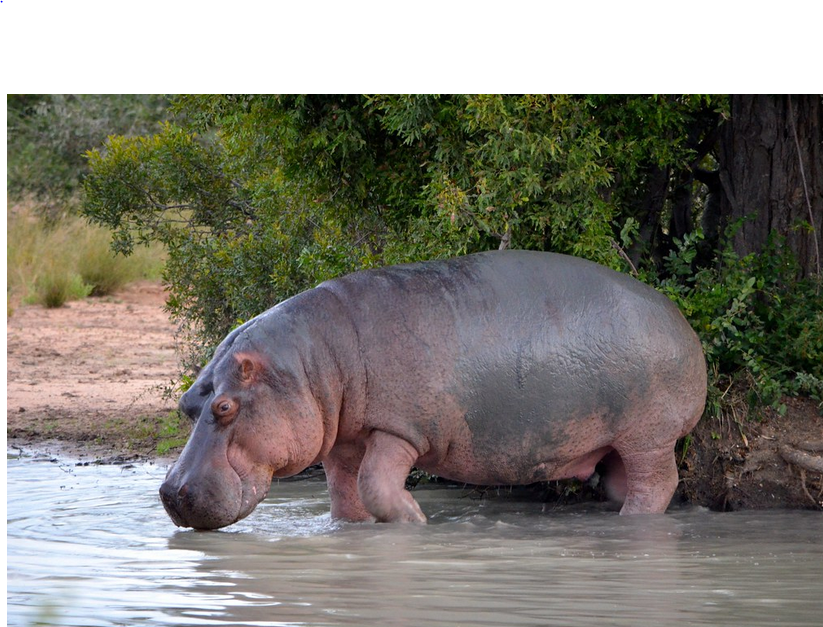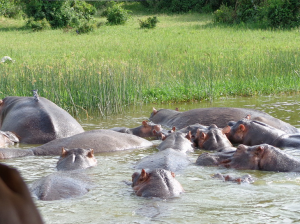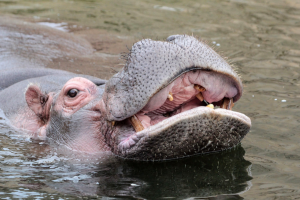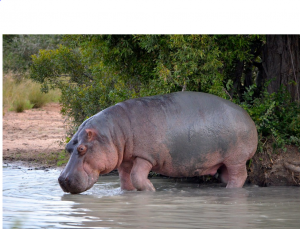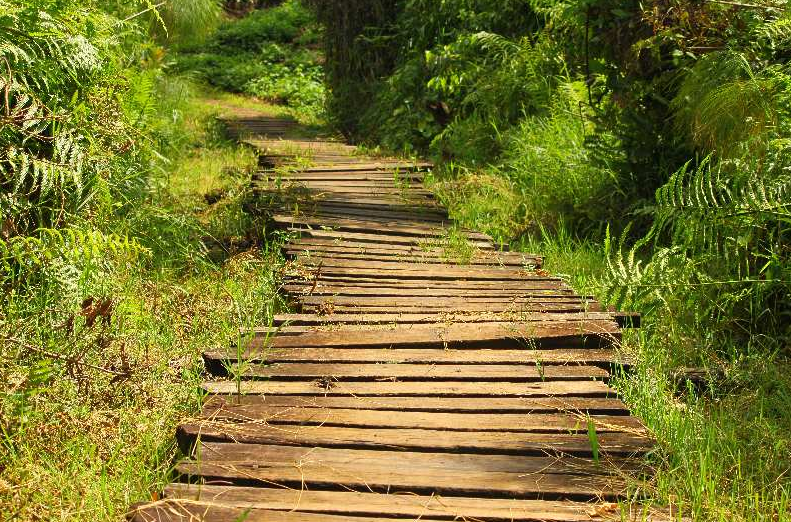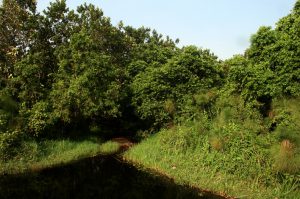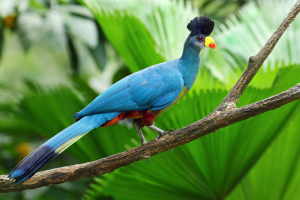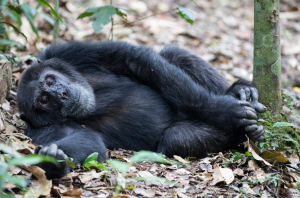The Nakayima Witch’s Tree | Uganda Cultural Sites
The Nakayima Witch’s Tree | Uganda Cultural Sites
The Nakayima Witch’s Tree | Uganda Cultural Sites : is one of the oldest trees of the ancient times. It is basically regarded as a witch tree due to its historical background. This tree is nestled on top of Mubende hill in Mubende district. It is on Kampala-Fort portal Road with a short distance of 4km from Mubende town. In fact, this tree is believed to have super natural powers for healing, fertility, wealth and solving many other problems. It generally derives its name from Nakayima who was a royal princess and a daughter to the last king of the Bachwezi Ndahura.
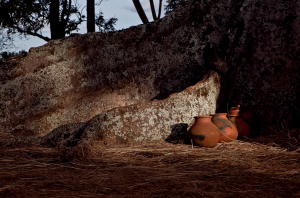 As a result, Nakayima is said to have disappeared in a tree which today is believed to have natural powers. The tree stands at about 40meters high and is estimated to be 400 to 600 years of existence. Surprisingly, what catches your eye as you approach this mysterious tree is its impressive root system. The tree base has got a large tree buttresses and its hooks can easily be seen on top of the Mubende hill from Mubende town. This therefore explains why it is considered an amazing attraction to both the locals and the tourists.
As a result, Nakayima is said to have disappeared in a tree which today is believed to have natural powers. The tree stands at about 40meters high and is estimated to be 400 to 600 years of existence. Surprisingly, what catches your eye as you approach this mysterious tree is its impressive root system. The tree base has got a large tree buttresses and its hooks can easily be seen on top of the Mubende hill from Mubende town. This therefore explains why it is considered an amazing attraction to both the locals and the tourists.
Historical background of the Nakayima Tree

The tree comprises of eighteen compartments and prayers are held in these grass carpeted compartments. The old tree is surrounded by a number of other trees and is also visited by people paying homage to Nakayima of the Bachwezi dynasty. This dynasty said to have supernatural powers and are historically known as demi-gods. Nakayima is also claimed to have mystic powers that made her able to treat people especially the small pox victims who were treated to full good health. However, she would also treat other diseases that wouldn’t be treated by any other herbalists around the community. Besides, the tree is also believed to be a sacred tree by a number of people in the surrounding area and far beyond.
One of the known and famous requirements or requests that are brought to the Nakayima tree include physical ailments and bearing of children. In addition, people looking for a miracle in relationships also visit the place plus those seeking for good fortune. The witches or witch doctors smoke special pipes whose smoke is supposed to allow them communicate with the spirits in the spiritual world. At the time of the small pox outbreak, the Bachwezi influence on the Hima pastoralists came to a stand still. As a result, the clan powers were no more whereby a new dynasty of Bito rulers were formed. The Bachwezi King’s residence came to be known as Mubende meaning “there is another one” interms of another ruling power.
The downfall of Nakayima
In the year of 1988, there was a religious conflict between the Buganda and Bunyoro whereby Nakayima Nyanjara was forced to flee. Later, she returned but all the seven huts had been destroyed and the graves of predecessors have been defaced. In 1899, king Kabalega visited Mubende hill to pay tribute to Nyanjara. Later, Mubende hill was placed under a chief known as Muganda Saza by the indirect colonial rule of the British government in the year 1902.
In fact, this made Nyanjara shift to Bugogo where she died in 1907. However, she was not buried in the traditional cemetery but near the sacred tree. Today the Uganda national museum contains Nakayima Nyanjara regalia that was captured. In that case, she was buried at the base of Mubende hill. So far, one of the items in her regalia are the two large ancient pots. A visit to this tree is usually combined by a stopover to Fort portal and Kibale forest national park.
How to get there
Nakayima tree can be accessed via the Kampala-Fort portal Road. It is a short distance drive of 4 kilometers from the town of Mubende.

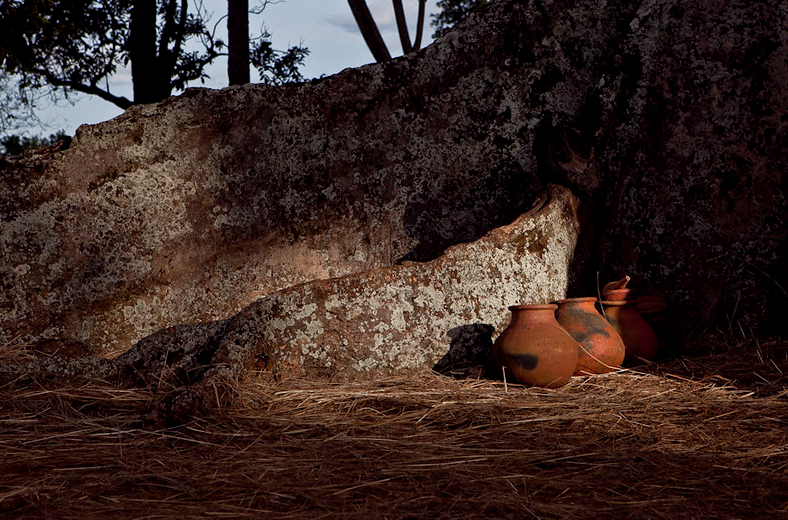
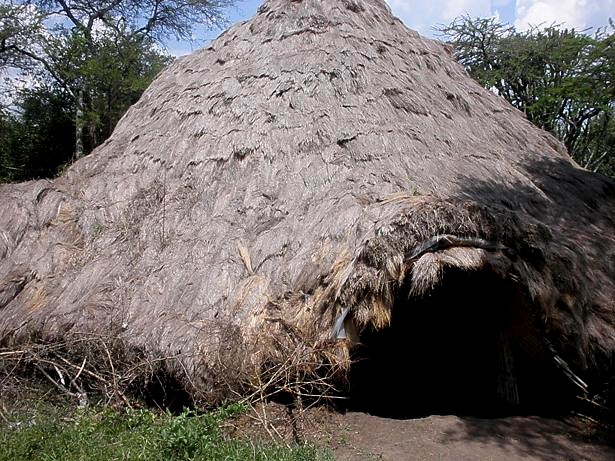
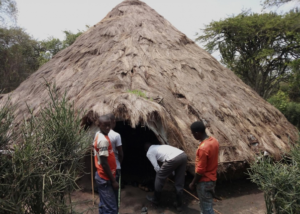 The second element consists of a central, interconnected group of four irregularly shaped ditch and bank enclosures that are connected to the Katonga river by a single ditch. It is said that the Chwezi also known as the Bachwezi were the first people to settle in the Bigo bya Mugenyi. In fact, these people are also believed to have been the first people to settle in
The second element consists of a central, interconnected group of four irregularly shaped ditch and bank enclosures that are connected to the Katonga river by a single ditch. It is said that the Chwezi also known as the Bachwezi were the first people to settle in the Bigo bya Mugenyi. In fact, these people are also believed to have been the first people to settle in 